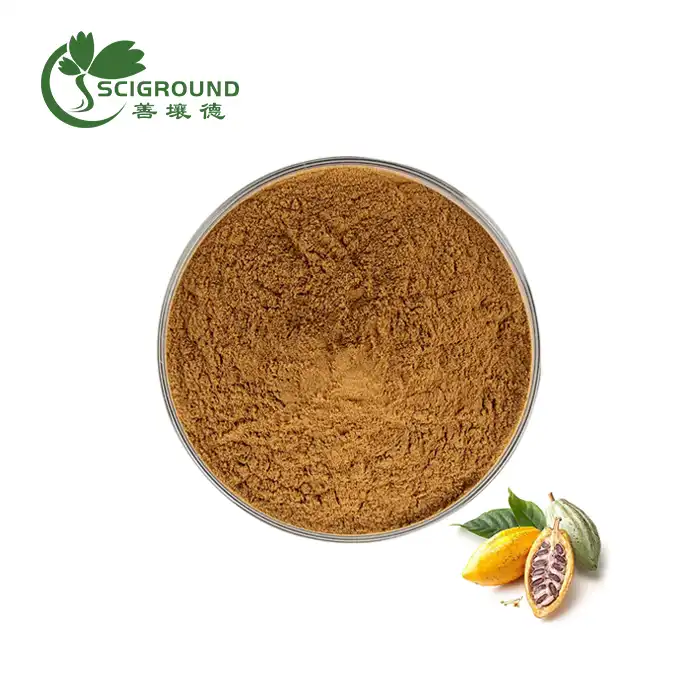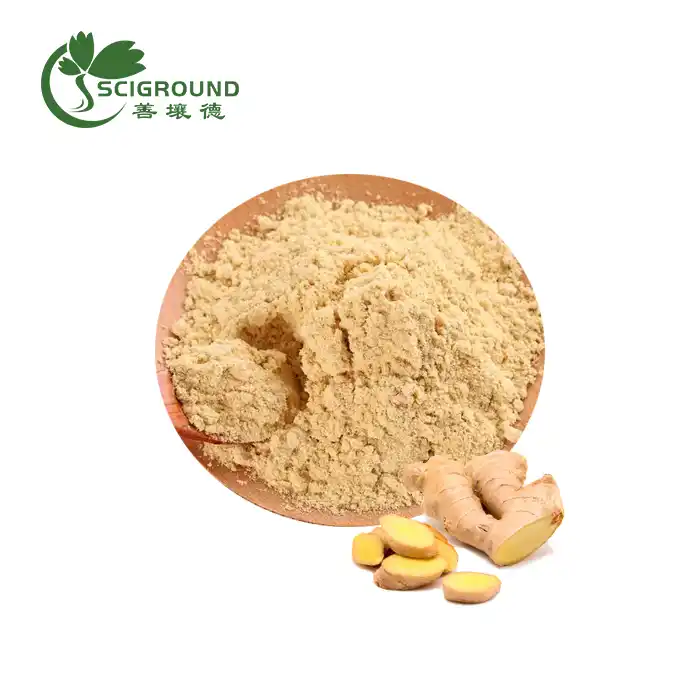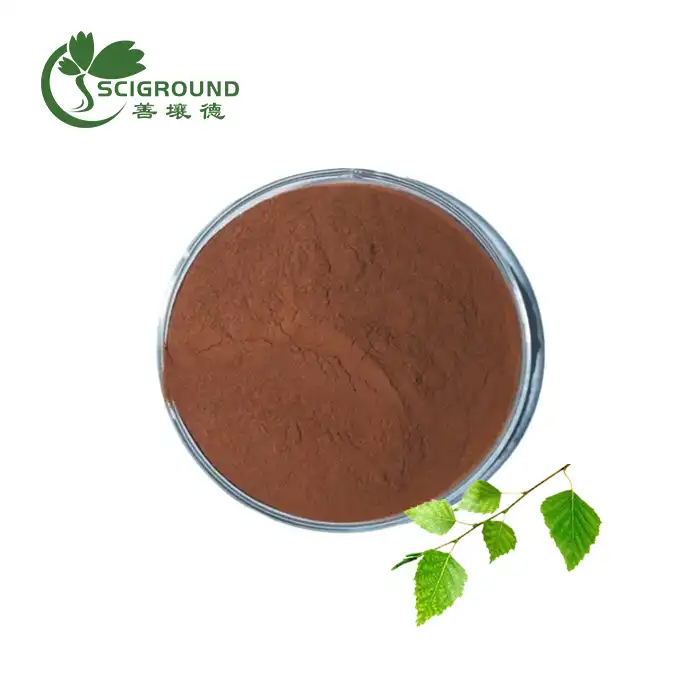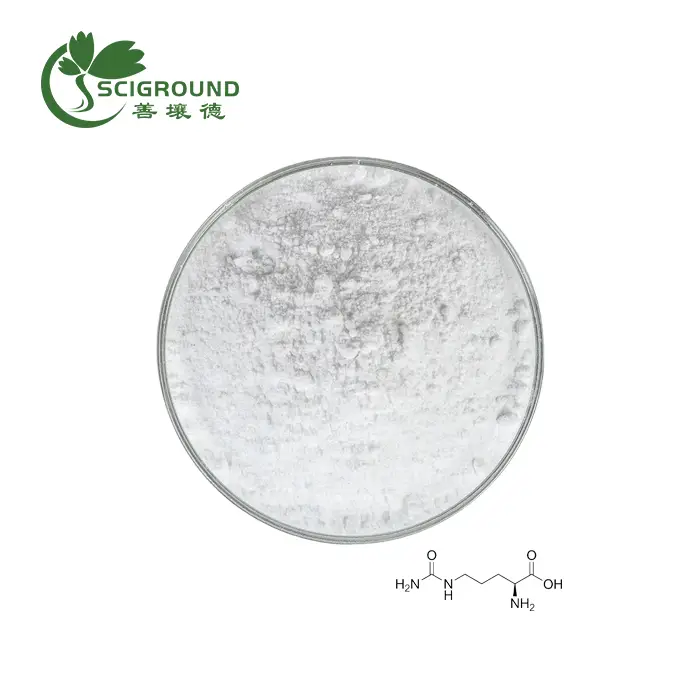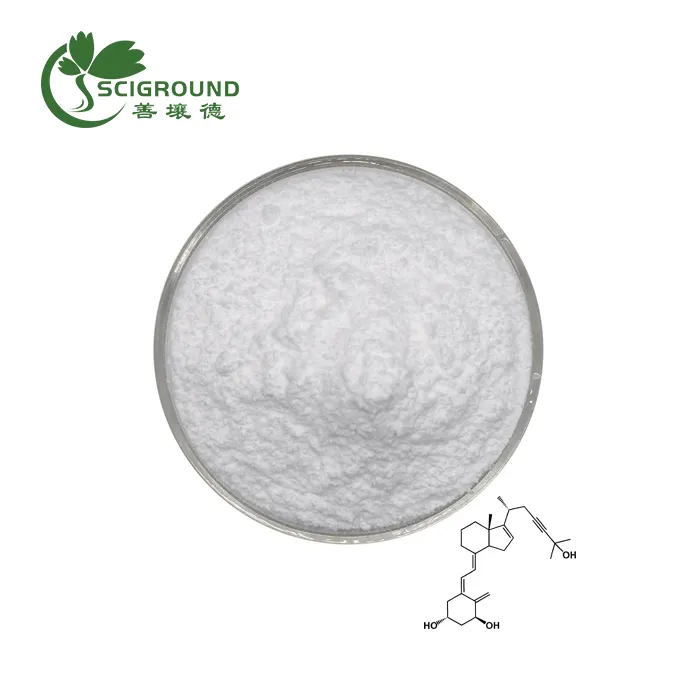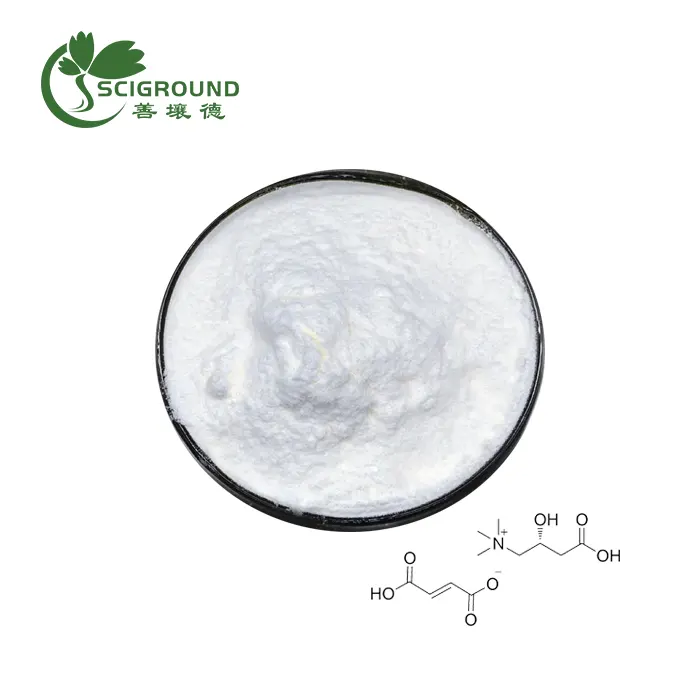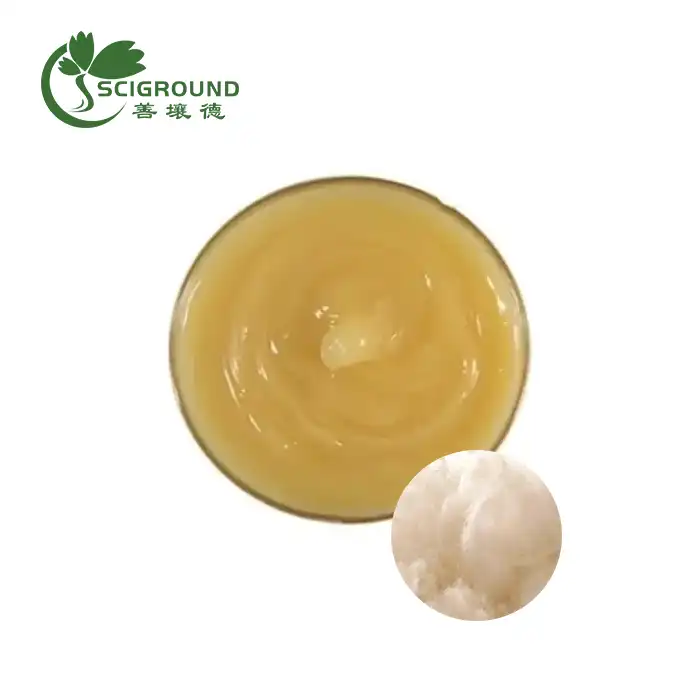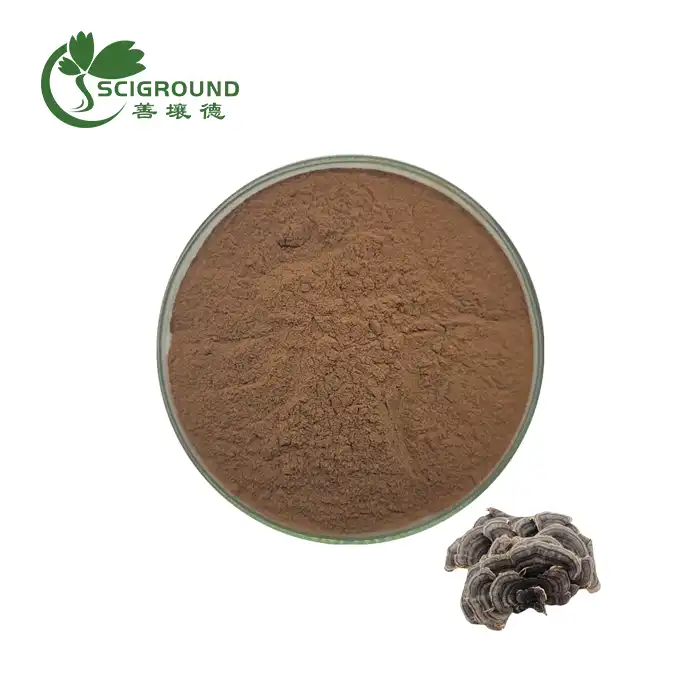What is Andrographis powder good for?
Andrographis powder, derived from the Andrographis paniculata plant, has garnered significant attention in the world of natural medicine. This herb, commonly known as "King of Bitters," has been a staple in traditional Chinese and Ayurvedic medicine for centuries. Today, we'll explore the various benefits and applications of Andrographis powder, focusing on its active compound, andrographolide.
What is andrographolide used for?
Andrographolide, the primary bioactive component in Andrographis powder, boasts a wide array of therapeutic properties. This diterpene lactone compound has been the subject of numerous studies, revealing its potential in addressing various health concerns:
- Anti-inflammatory effects: Andrographolide has demonstrated potent anti-inflammatory properties, making it a promising natural alternative for managing inflammatory conditions such as arthritis and inflammatory bowel diseases.
- Immune system support: Research suggests that andrographolide may enhance immune function, potentially aiding in the prevention and management of infections.
- Cardiovascular health: Studies indicate that andrographolide may help protect the heart and blood vessels, potentially lowering the risk of cardiovascular diseases.
- Liver protection: Andrographolide has shown hepatoprotective properties, potentially safeguarding the liver against damage from various toxins and diseases.
- Antiviral properties: Some studies suggest that andrographolide may possess antiviral activities, potentially aiding in the treatment of viral infections.
- Cancer-fighting potential: While more research is needed, preliminary studies indicate that andrographolide may have anticancer properties, inhibiting the growth and spread of certain cancer cells.
It's important to note that while andrographolide shows promise in these areas, its efficacy can be limited by poor water solubility and low bioavailability. This emphasizes the need for proper formulation and administration to maximize its potential benefits.
What does andrographolide do for the skin?
Beyond its internal health benefits, andrographolide has also shown potential in skincare applications. The compound's properties make it an intriguing ingredient for those seeking natural solutions for various skin concerns:
- Photoprotection: Andrographolide may help protect the skin from UV-induced damage, a primary cause of premature skin aging. It achieves this by suppressing the production of proinflammatory cytokines and reducing oxidative stress.
- Anti-aging effects: The antioxidant properties of andrographolide may help combat free radicals, potentially slowing down the aging process of the skin.
- Inflammation reduction: For individuals with inflammatory skin conditions like acne or eczema, andrographolide's anti-inflammatory properties may provide relief and promote healing.
- Wound healing: Some studies suggest that andrographolide may accelerate wound healing processes, potentially beneficial for treating minor skin injuries or post-acne scarring.
- Skin barrier support: Andrographolide may help strengthen the skin's natural barrier, improving its ability to retain moisture and resist environmental stressors.
To enhance the efficacy of andrographolide in skincare applications, researchers have developed water-soluble derivatives like andrographolide sodium bisulfate (ASB). These modifications aim to improve the compound's bioavailability and absorption when applied topically.
What is the natural source of andrographolide?
Andrographolide is primarily sourced from the Andrographis paniculata plant, a member of the Acanthaceae family. This herb is native to India and Sri Lanka but is also cultivated in other parts of Asia, including:
- Southern China
- Thailand
- Indonesia
- Malaysia
Andrographis paniculata is a hardy, erect annual herb that can grow up to 1 meter in height. It's characterized by its dark green leaves and small, white flowers with purple spots. The plant thrives in tropical and subtropical climates, preferring well-drained soils and partial shade.
To extract andrographolide, the aerial parts of the Andrographis paniculata plant (leaves and stems) are harvested and processed. The extraction process typically involves:
- Drying the plant material to remove moisture
- Grinding the dried material into a fine powder
- Extracting the active compounds using solvents like ethanol or methanol
- Purifying the extract to isolate andrographolide
The concentration of andrographolide can vary depending on factors such as the plant's growing conditions, harvest time, and extraction method. Typically, the leaves of Andrographis paniculata contain the highest concentration of andrographolide, ranging from 1% to 3% by dry weight.
It's worth noting that while andrographolide is the primary bioactive compound in Andrographis paniculata, the plant contains other beneficial compounds as well. These include deoxyandrographolide, neoandrographolide, and various flavonoids, which may contribute to the overall therapeutic effects of Andrographis powder.
In conclusion, Andrographis powder, rich in andrographolide, offers a wide range of potential health benefits. From supporting immune function and cardiovascular health to providing skincare benefits, this natural compound has piqued the interest of researchers and health enthusiasts alike. As with any supplement or natural remedy, it's crucial to consult with a healthcare professional before incorporating Andrographis powder into your health regimen, especially if you have pre-existing conditions or are taking medications.
At Shaanxi SCIGROUND, we're committed to providing high-quality Andrographolide Powder to meet your research and product development needs. Our state-of-the-art GMP facility ensures the purity and potency of our products, while our comprehensive certifications and rigorous testing procedures guarantee consistent quality. Whether you're looking to explore the potential of andrographolide in pharmaceuticals, nutraceuticals, or cosmeceuticals, we're here to support your endeavors.
Ready to harness the power of Andrographolide Powder for your next project? Contact our expert team at info@scigroundbio.com for more information on our products, custom formulations, and how we can support your research or product development needs.
References:
- Kumar, R. A., et al. (2019). "Andrographolide: A promising therapeutic agent, its bioavailability and patient-specific drug delivery system." Journal of Pharmacology and Pharmacotherapeutics, 10(4), 185-193.
- Jayakumar, T., et al. (2013). "Experimental and Clinical Pharmacology of Andrographis paniculata and Its Major Bioactive Phytoconstituent Andrographolide." Evidence-Based Complementary and Alternative Medicine, 2013, 846740.
- Dai, Y., et al. (2019). "Andrographolide sodium bisulfate-induced apoptosis and autophagy in human melanoma cells is mediated by the ROS-JNK signaling pathway." Oncology Reports, 41(5), 2927-2938.
- Tan, W. S., et al. (2018). "Andrographolide: A review of its anti-inflammatory and anti-cancer properties." Frontiers in Pharmacology, 9, 911.
- Chua, L. S. (2014). "Review on liver inflammation and antiinflammatory activity of Andrographis paniculata for hepatoprotection." Phytotherapy Research, 28(11), 1589-1598.
- Hao, H. X., et al. (2020). "Andrographolide exerts anti-inflammatory effects through activating AMPK in mouse macrophages." Inflammation, 43(6), 2203-2212.
Related Industry Knowledge
- What is the benefit of agaricus blazei extract?
- What is the use of Macleaya cordata?
- What is activated charcoal powder good for?
- What is Alpinia galanga
- Is horseradish powder hot?
- Does Stevia Leaf Extract Have Alcohol
- What are the benefits of Ganoderma lucidum?
- Are Persimmons Good for You?
- What is Polygonum cuspidatum root extract
- Inulin vs Psyllium
